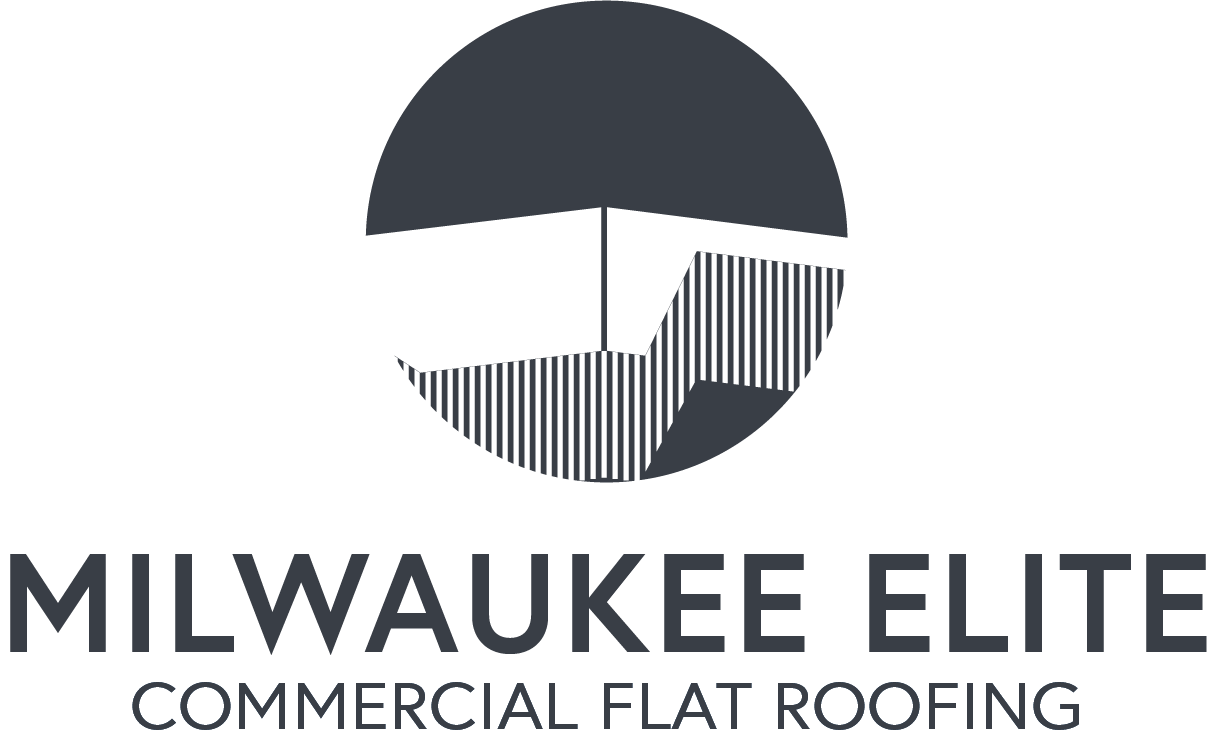1.
Inspection and Assessment
We begin by inspecting the roof flashing for signs of damage, such as cracks, rust, or gaps. This includes checking the surrounding areas for water stains or mold, which indicate flashing failure.
Our assessment covers the flashing’s attachment points and the condition of the roofing material around it. We document all issues and determine whether repair or replacement is necessary.
Using visual inspection combined with moisture meters, we identify hidden damage. This approach ensures repair decisions are based on a full understanding of the roof’s condition.
2. Flashing Removal
When removal is needed, we carefully detach the damaged flashing without harming the adjacent roofing materials. This prevents creating additional weak points or potential leaks.
We use specialized tools designed for metal flashing to ensure clean edges and avoid bending or warping. Proper removal sets the stage for a better-fitting repair.
All debris and old sealants are thoroughly cleaned from the area. This prepares a smooth surface for secure installation, improving adhesion and longevity.
3. Installation and Sealing
We custom-fit new flashing pieces to match the roof's contours precisely. Correct fitting minimizes gaps where water can infiltrate.
Our team applies high-quality waterproof sealants along all seams and edges. We follow manufacturer recommendations for product application to guarantee effectiveness.
Fasteners are installed using corrosion-resistant materials. This step prevents rust and ensures the flashing remains tightly secured over time.
4. Quality Assurance
After installation, we perform a comprehensive inspection to verify all flashing is secure and sealed correctly. We test for potential leak points using water probes.
We ensure the repaired area integrates seamlessly with the existing roof system. This continuity is essential for proper water runoff and roof durability.
Documentation of the repair details is provided for your records and future maintenance reference. This helps maintain transparency and supports warranty claims if needed.
Routine Roof Flashing Checks
We recommend inspecting roof flashing at least twice a year, ideally in spring and fall, to catch early signs of wear. Look for cracks, separation, rust, or loose edges where the flashing meets other roofing materials.
Pay close attention to seams and joints, as these are common points of failure. Any damaged flashing can allow water infiltration, which leads to leaks and structural problems.
Regular checks should also cover sealants and fasteners. Replacing worn caulking and tightening or replacing fasteners can significantly reduce the chance of water penetration.
Addressing Common Issues
Common issues with flat roofs include ponding water, membrane blistering, and damaged flashing. We start by identifying the root cause quickly to implement effective solutions.
For ponding, we assess drainage systems and recommend adjustments or repairs to prevent water accumulation. Membrane blisters often require removal and patching to restore waterproofing.
Damaged flashing is repaired by replacing corroded materials, resealing joints, or installing new flashing entirely. Prompt action on these problems protects the building’s interior and structural elements.
FAQs on Roof Flashing Repair
Proper maintenance and timely repairs of roof flashing are essential to prevent water damage and extend the lifespan of your roof. Knowing the right intervals for inspections helps us address issues before they become costly.
How do I know if my commercial building's roof flashing needs repair?
Look for rust, gaps, or separation where flashing meets walls or roofing materials. Water stains on interior walls near roof transitions indicate flashing failures. Bubbling, cracking, or missing sealant around edges are warning signs. Active leaks during rainfall near chimneys, vents, skylights, or roof intersections suggest immediate attention is needed. Milwaukee Elite Commercial Flat Roofing offers free inspections to professionally assess your flashing condition.
How long does commercial roof flashing repair take to complete?
Most commercial roof flashing repairs are completed within 1-2 business days. Simple repairs may take just hours, while extensive damage involving multiple areas could require 2-3 days. Weather conditions can affect timing, as proper installation requires dry conditions. Our teams work efficiently to minimize business disruption, often scheduling around your operational hours when possible.
What types of flashing repairs do you offer for commercial buildings?
We provide chimney and vent flashing restoration, parapet wall repairs, counter flashing installation, base flashing replacement, expansion joint renovation, and step flashing correction. Our services include custom metal fabrication for unique needs, skylight and HVAC curb flashing repair, and emergency temporary solutions. We work with all commercial flashing materials including aluminum, copper, galvanized steel, and TPO/EPDM integrated flashing.
How much does commercial roof flashing repair cost in Milwaukee?
Commercial roof flashing repairs typically range from $400-$1,200 for standard repairs on smaller areas. More extensive work involving multiple sections or requiring custom fabrication may range from $1,500-$3,000. Complex situations requiring partial roof replacement around flashing areas will be quoted individually. We provide detailed, transparent estimates with no hidden costs.
Is roof flashing repair covered by commercial building insurance?
Commercial insurance typically covers flashing repairs resulting from sudden damage like storms or falling objects. However, deterioration from age or poor maintenance is generally not covered. Milwaukee Elite Commercial Flat Roofing works directly with insurance adjusters to document damage properly, providing detailed reports and evidence to support legitimate claims. We can help determine if your specific damage qualifies and assist throughout the claims process.

